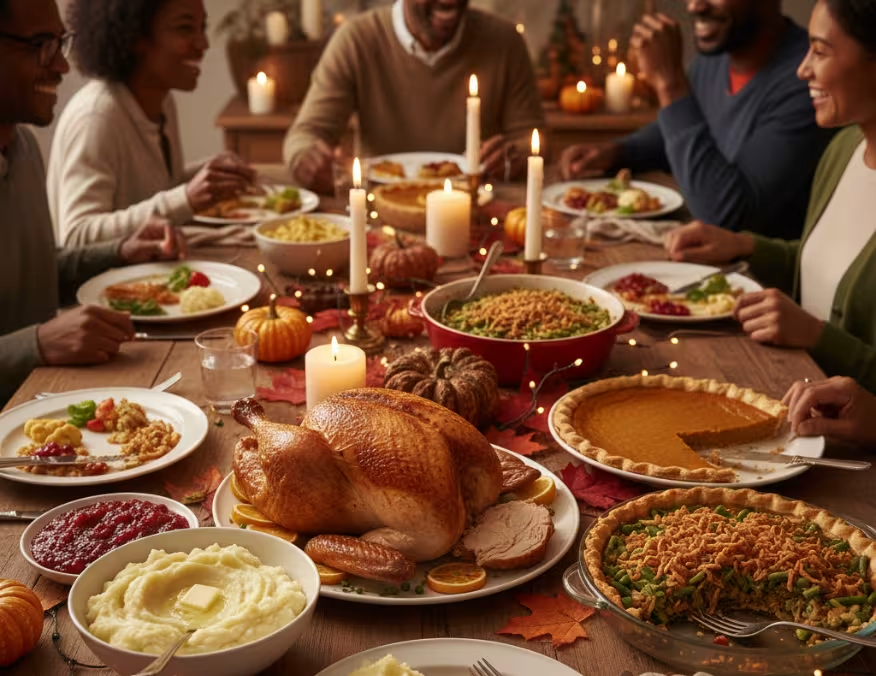Food Activities for Picky Eaters
Picky eating has become a pretty serious problem for children in this day and age. I’m not sure if picky eating behaviors have worsened over the years due to parental expectations and responses to picky eating or if food supply and options have changed so significantly over the years to contribute to the rise in concern over picky eating, but either way, experts now state that picky eating is a major problem and can contribute to other life-long mental health and behavioral concerns.

Picky eating has become a pretty serious problem for children in this day and age.
I’m not sure if picky eating behaviors have worsened over the years due to parental expectations and responses to picky eating or if food supply and options have changed so significantly over the years to contribute to the rise in concern over picky eating, but either way, experts now state that picky eating is a major problem and can contribute to other life-long mental health and behavioral concerns.Part of the problem with picky eating can simply be the pressure that parents place on children and the battle that ensues.Parent: “You will eat that broccoli!”Child: “And what are you going to do to me if I don’t!”Another part of the problem is the perception that the child has about the food when a parent is “forcing” him to eat it. The child thinks, “If they want me to do it, it must be something that I’m not going to like on my own.”Because of these reasons, I’ve identified a few activities that parents can offer to children that involve food, but not as something that the child is supposed to eat! The activities are designed to help children to get acquainted with the foods that they hate or avoid at dinner time to take off some of that pressure that they must eat something that they are afraid they won’t like.This week, we’re going to talk about how to create some food-based art projects to take some of the eating pressure off of the child.Food Art ProjectsMany children have those dreaded few foods that cause anxiety the second they are placed on their plate at meal time. For some kids, even the sound of the name of the food can elicit an instant tantrum. When an aversion to food exists like this, you can really throw negotiating right out the window. The child has it in her head that this food is terrible, icky and might even kill her! And there’s nothing that you can say to change her mind.Enter food art projects! These art projects involving the dreaded foods allow you to expose the child to the foods she hates while also decreasing the pressure on her to eat them. Actually, she will be told not to eat the food—since it is an art project, not a meal—which might actually increase her likelihood to try it (because kids refuse to eat broccoli because we tell them to, yet we can’t stop them from eating dirt and sand at the park because we’ve told them not to!).
Here’s what you’ll need:
- Paper
- Edible paint (if you use this one, it’s made of fruits and vegetables…bonus!)
- Edible glitter (available at cake decorating stores or online )
- Edible baker’s glue (available at cake decorating stores)
- A variety of foods, some that your child likes and some that your child doesn’t like that can be used as paint brushes or sponges or that can be glued onto the paper:
- Apples (cored and sliced)
- Oranges (peeled and separated)
- Kiwi (halved)
- Strawberries (halved or sliced)
- Blueberries
- Broccoli florets
- Cauliflower florets
- Celery
- Raisins/Craisins (if your child is old enough to safely eat raisins)
- Nuts (if your child is old enough to safely eat nuts)
- Peas (dry)
- Green beans (dry)
- Fruit snacks
- Coconut
I would recommend that you stay away from runny foods or liquids like milk, juice, mashed potatoes, or yogurt. There will be an activity better suited to those dreaded runny foods later. If you choose to use canned fruits or vegetables, drain them and only use them if they are easy to handle and manipulate.
Here’s what you do:
Tell the child that you are going to make a special art project made of food. Bring out all of the foods, making sure to use some that your child is comfortable eating and others that are aversion foods.Tell the child, “It’s not time to eat, it’s time to make art! So don’t worry about if you don’t like any of these foods, they’re just for painting with.”Place all of the foods on the table in front of the child and explain what the paint, glitter and glue supplies are, as they will look different than the type of paint, glitter and glue that the child is familiar with. Work together to make either a joint art project, or two separate art projects, but stay near your child to ensure safety since all of these art supplies are edible and could be eaten.You can do what you want to create your own art project, but here are a few ideas to get you started:
- Squirt the paints onto plates or some other container. Use the fruits and vegetables as sponges by dipping them into the paint and making prints onto the paper.
- Squirt some glitter onto plates or some other container. Dip the raisins, nuts, blueberries and/or peas in the glitter. Use the glue to stick them onto the paper.
- Finger paint with the edible paint.
- Use glue to attach the raisins, nuts, blueberries and/or peas to the paper.
- Use glue to make dots on the page and sprinkle coconut on the glue.
As you create your masterpiece, casually state something like, “You probably shouldn’t eat our art supplies since they’re just for making art, but if you accidentally get some in your mouth, you’ll be ok since it’s all food.” You can also casually taste some of the art that gets on your hands and point out how delicious your art project is.The goal of this food-based art project is to expose the child to foods that she doesn’t like without the pressure to eat it. So, don’t try to encourage her to eat the foods that she doesn’t like. Don’t turn this into another opportunity to get into a fight with her. This is an art project, plain and simple.That being said, many kids will actually try the food that they have refused to try at a traditional meal time simply because there’s less pressure. They might learn that they like the food, or that they hate it, but there was no fight between the two of you.




